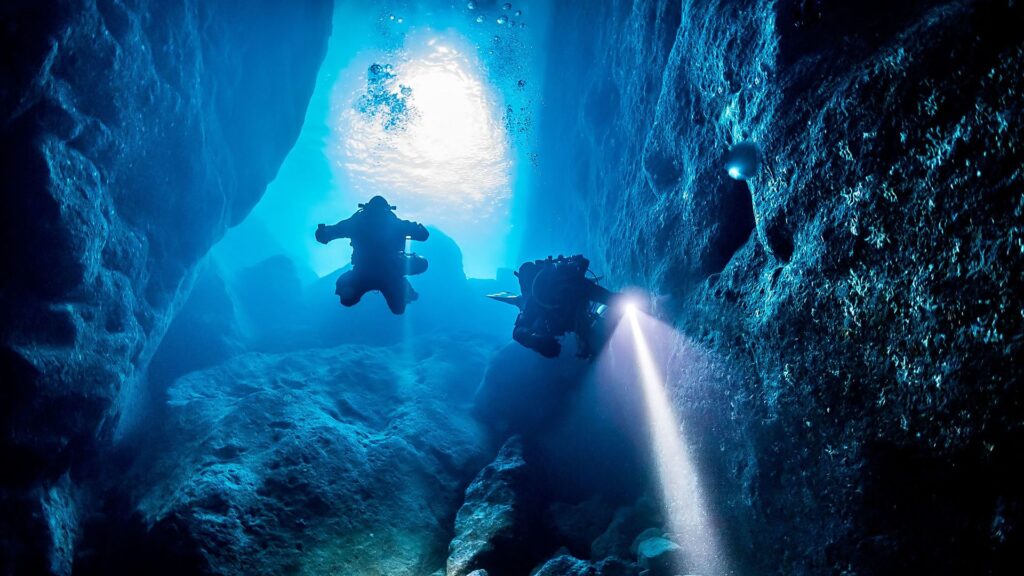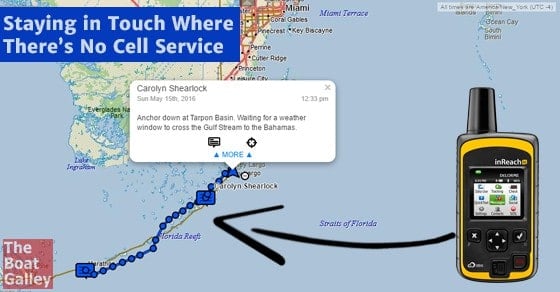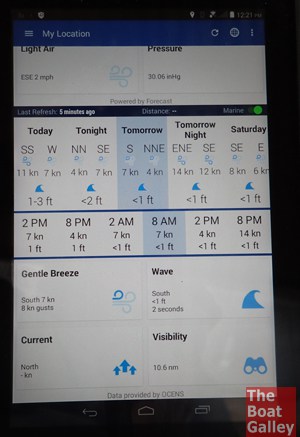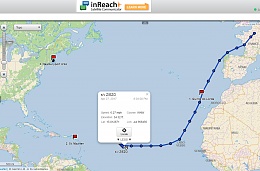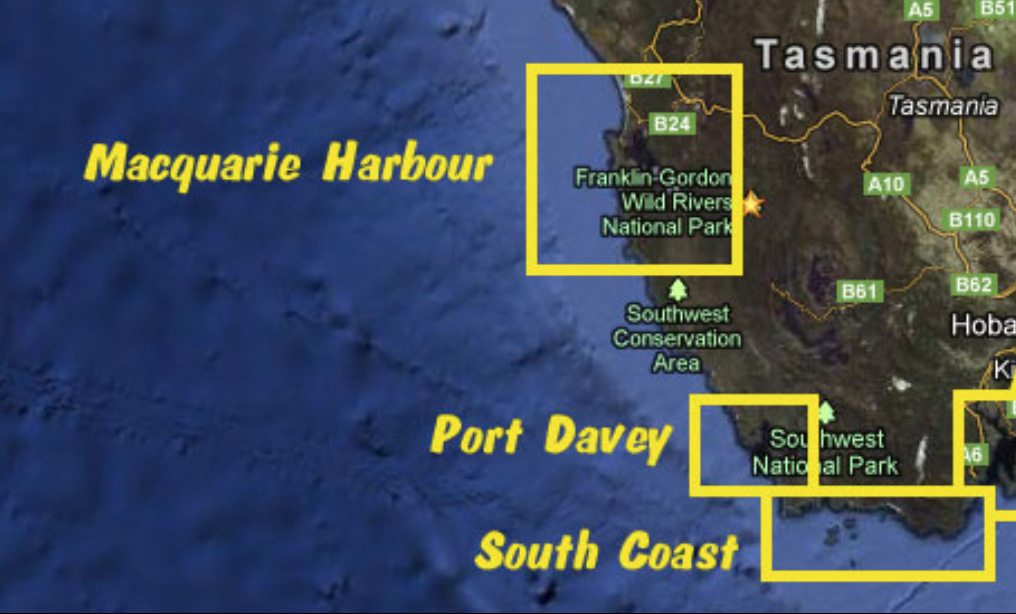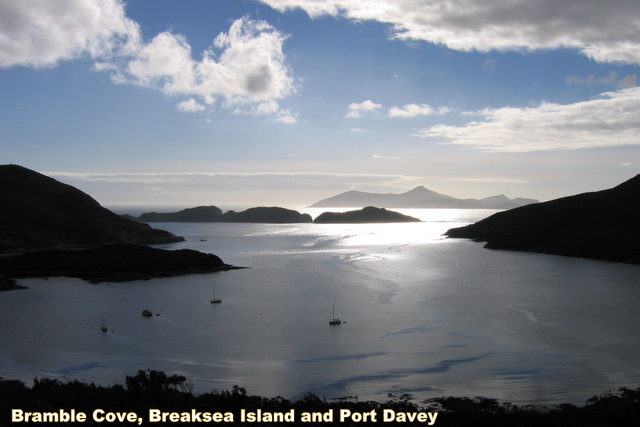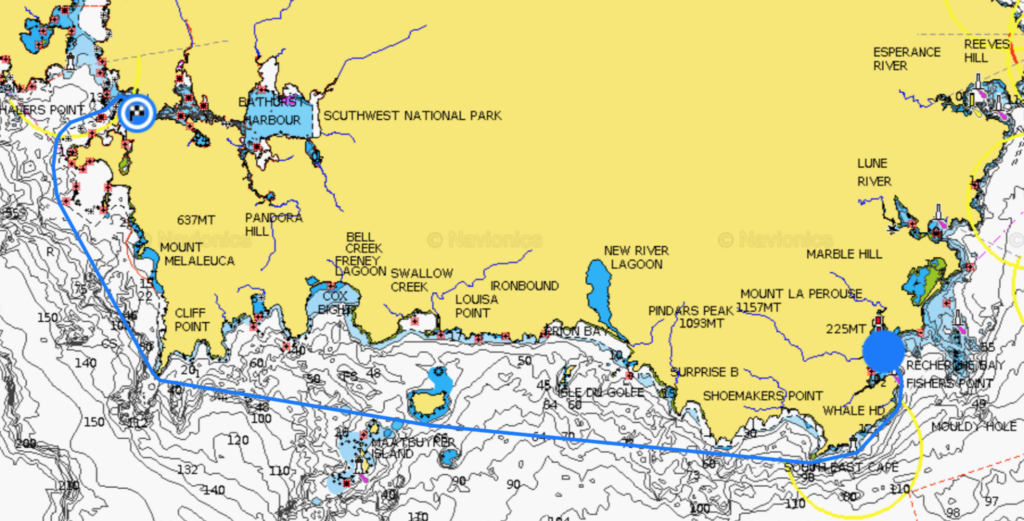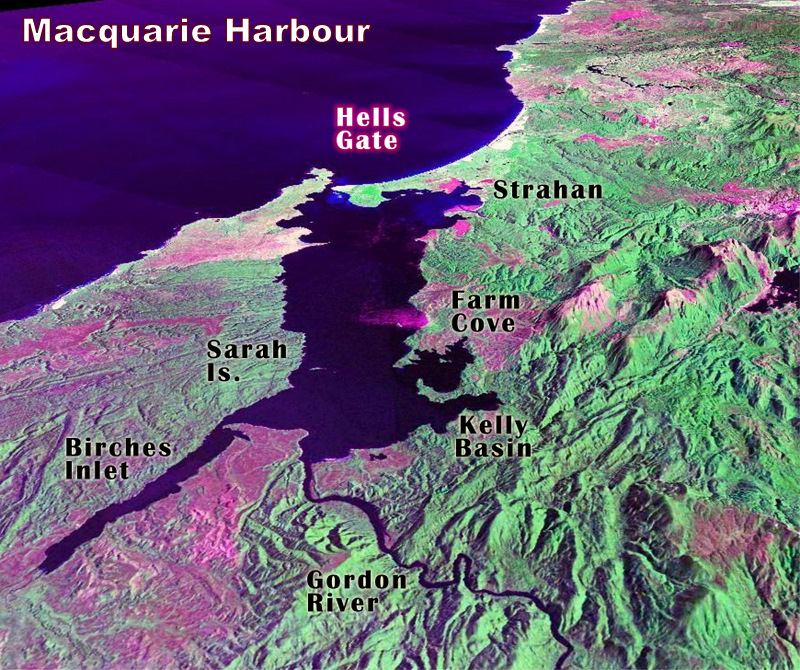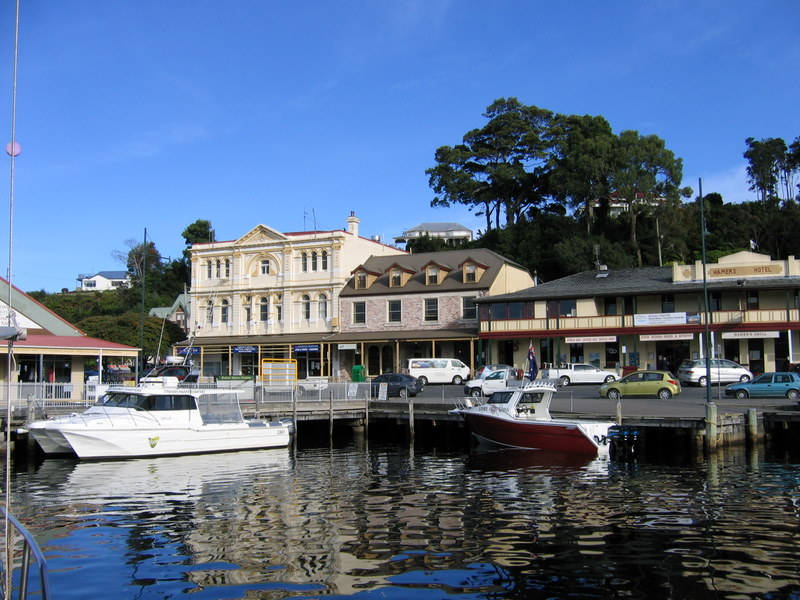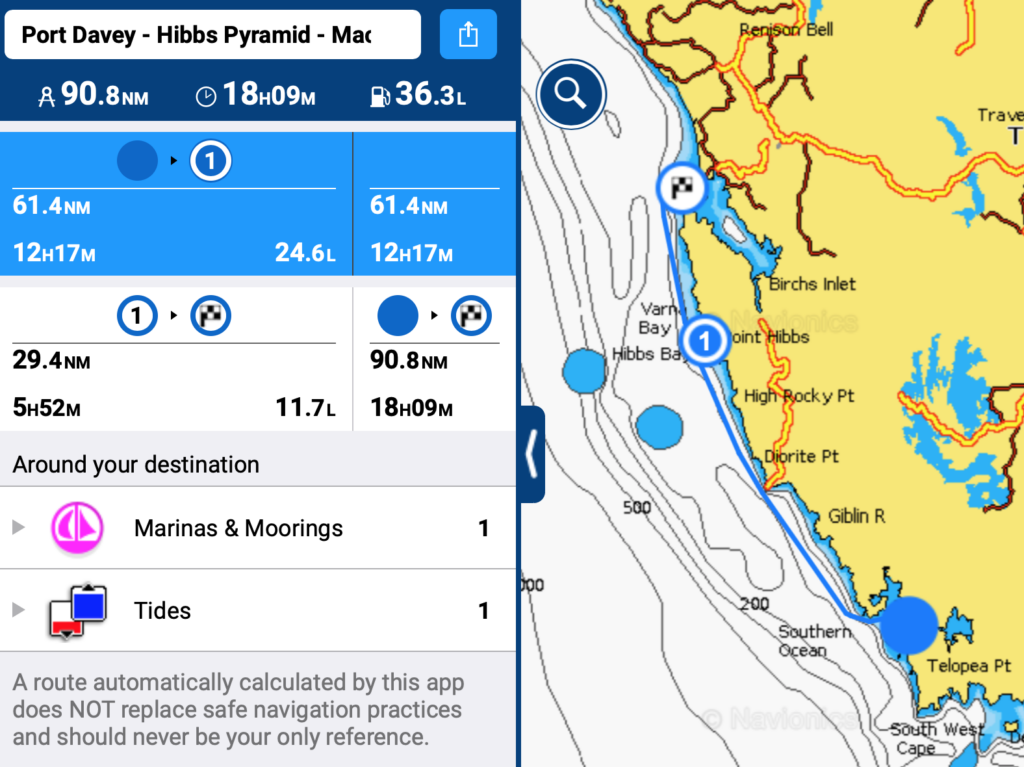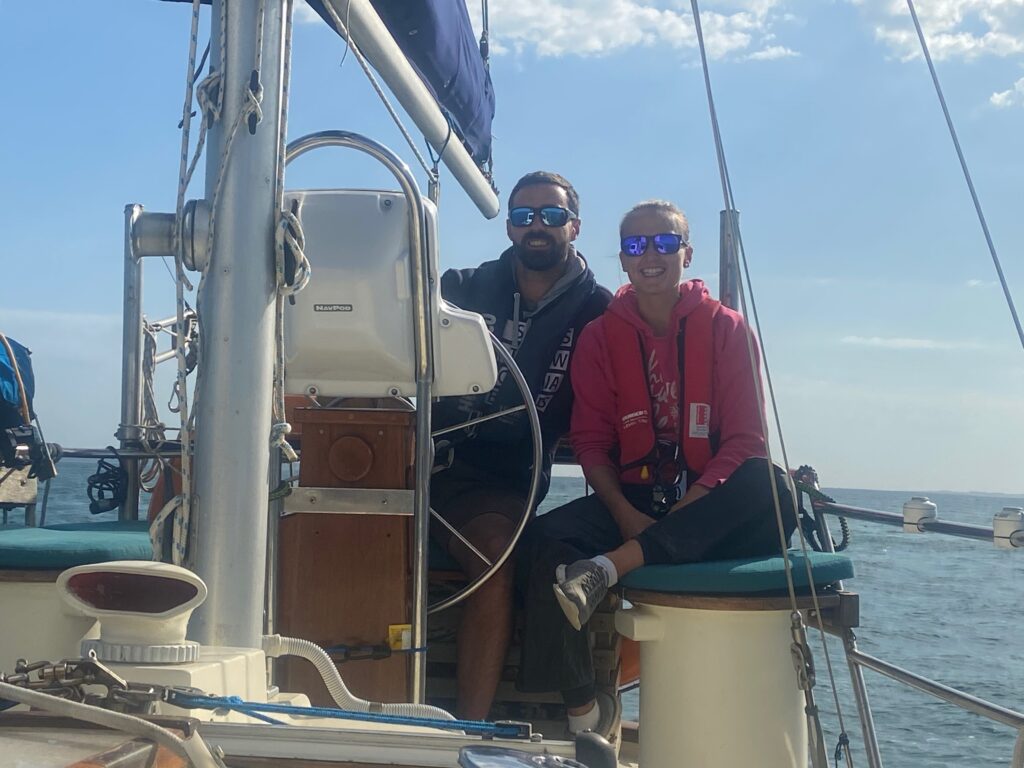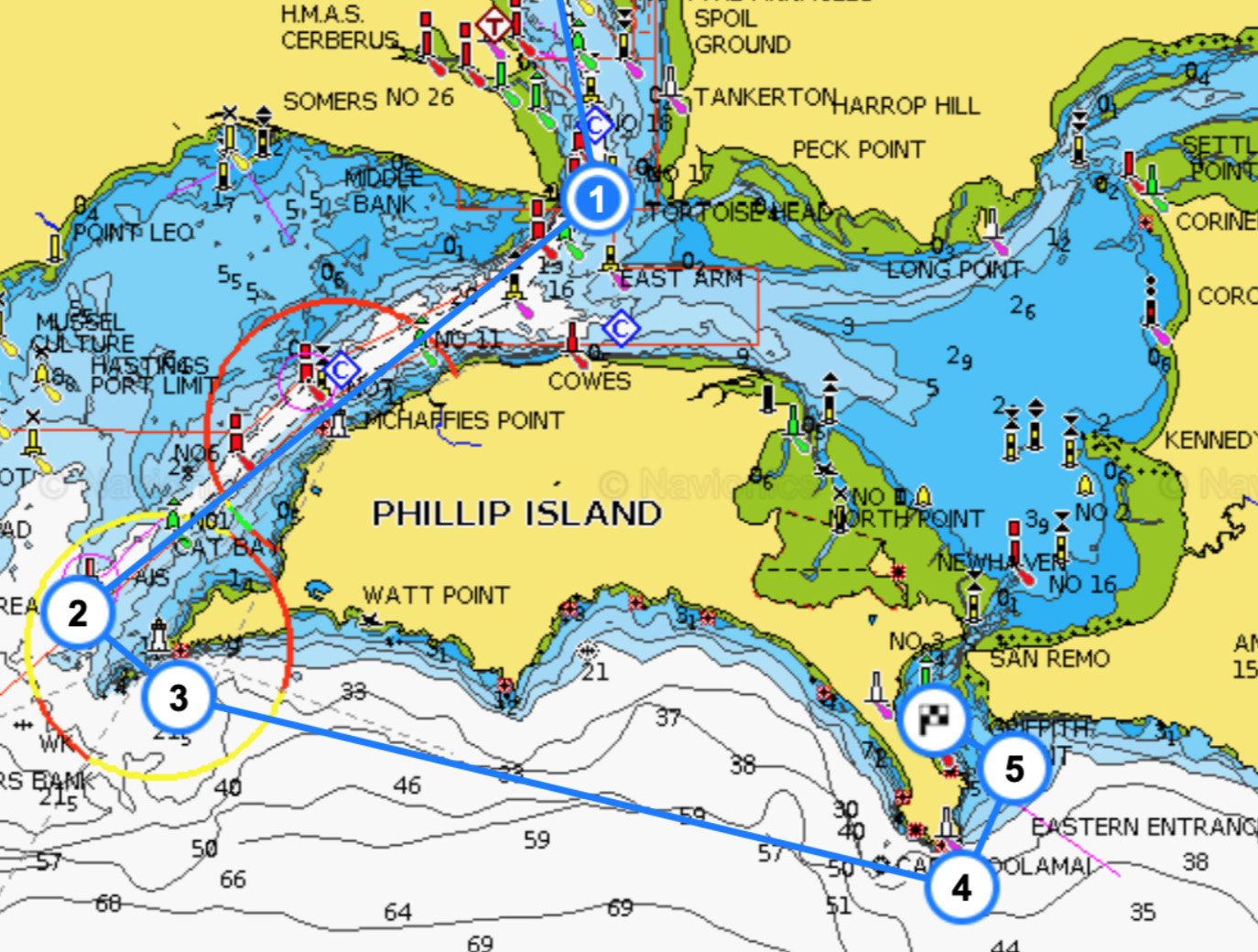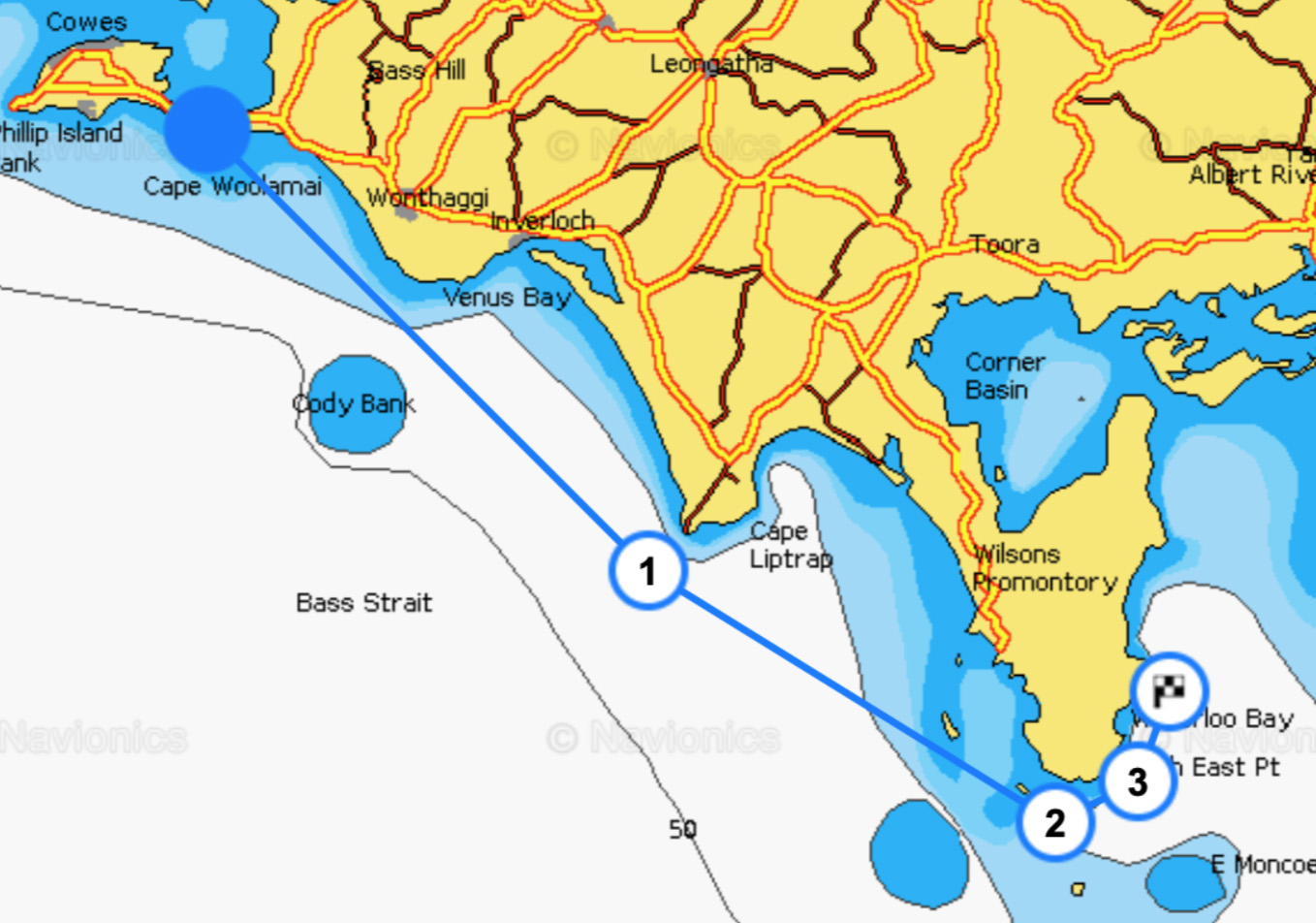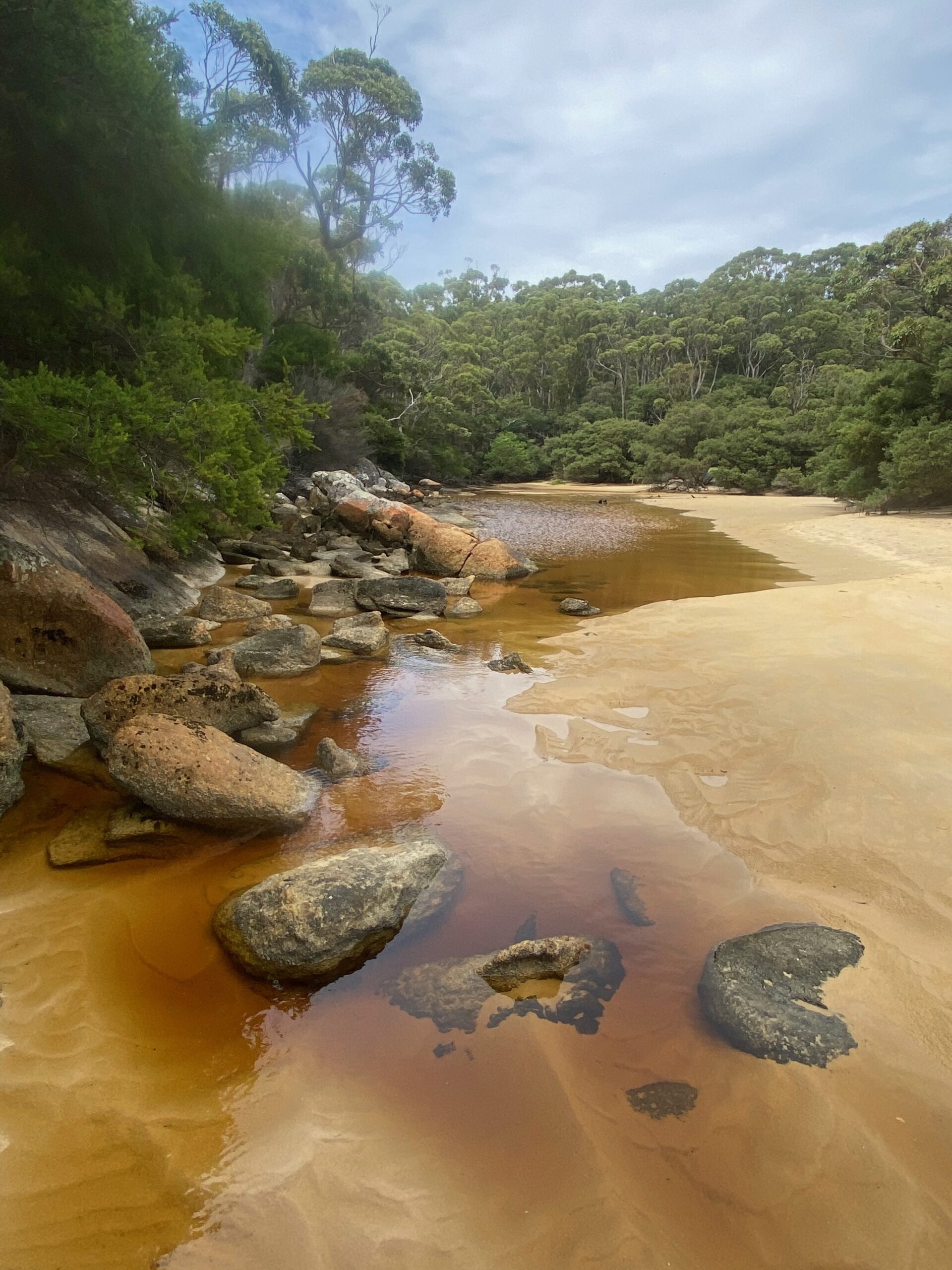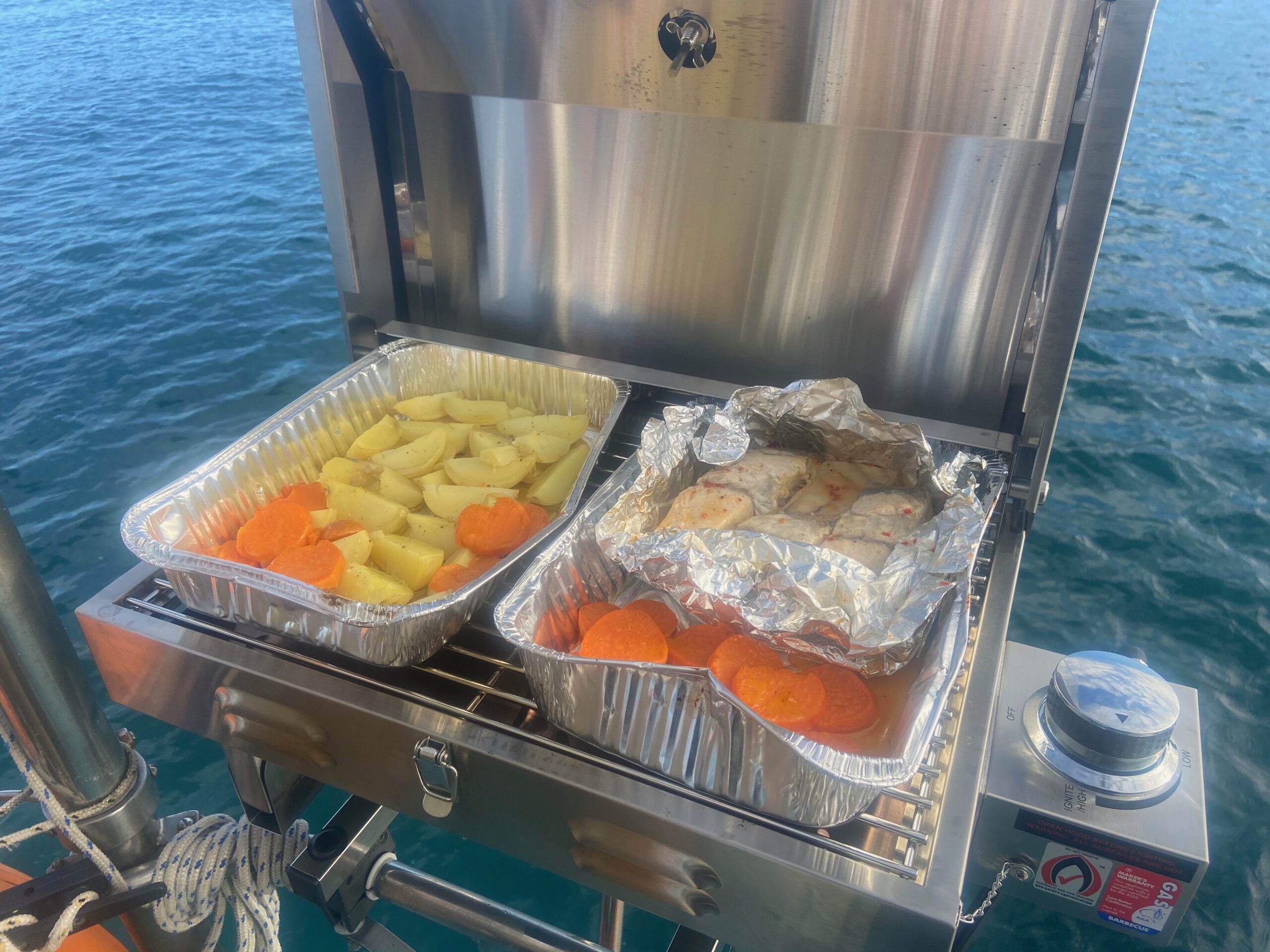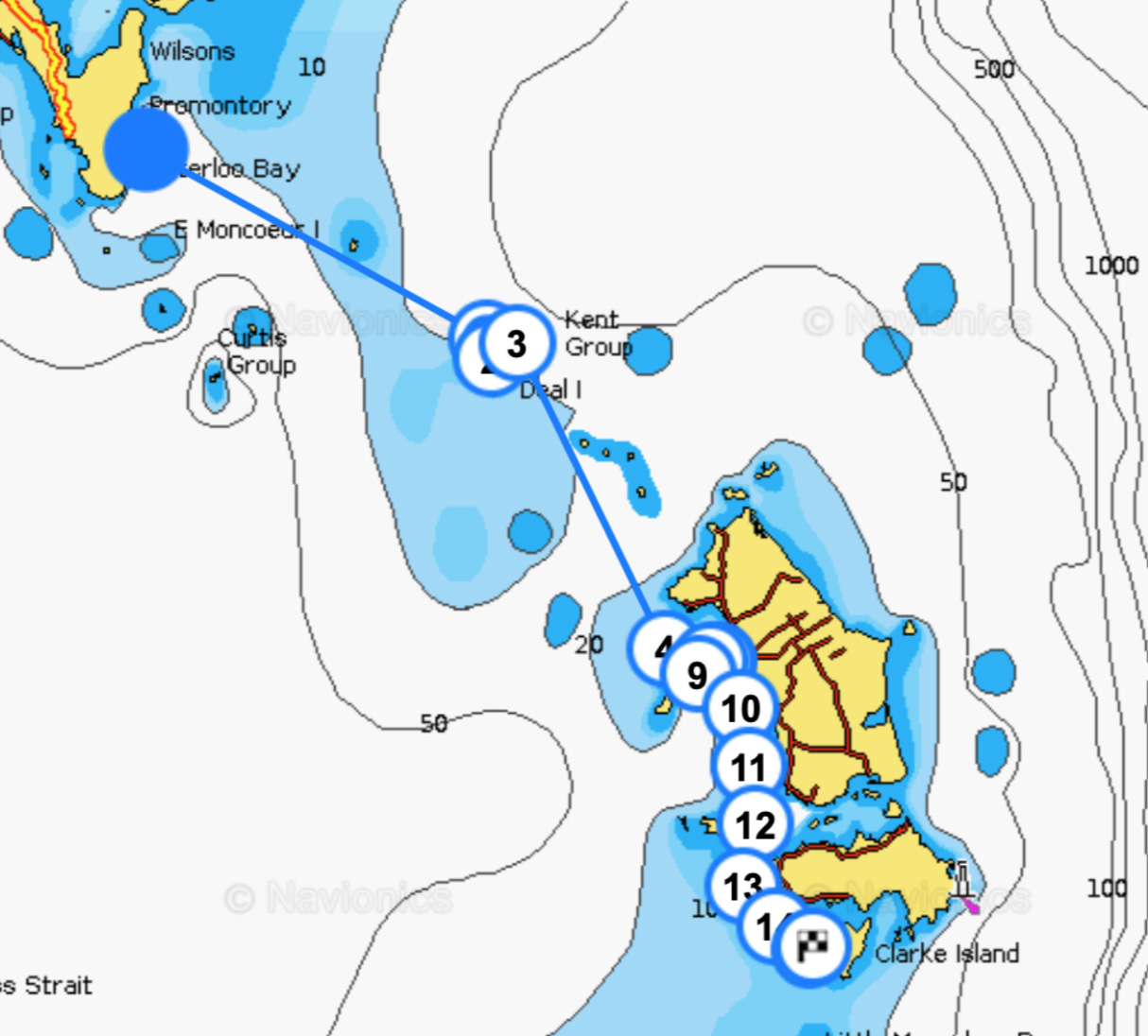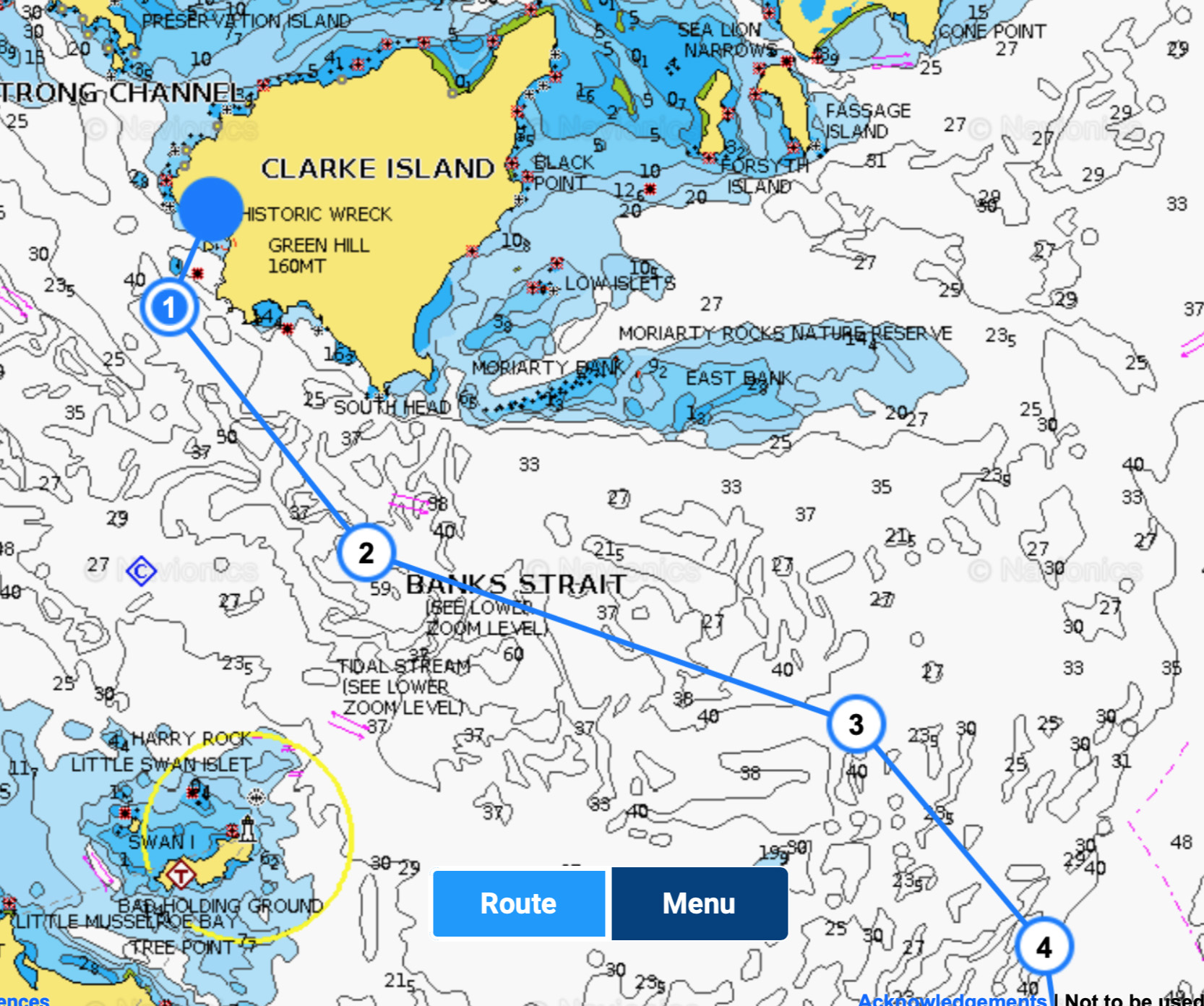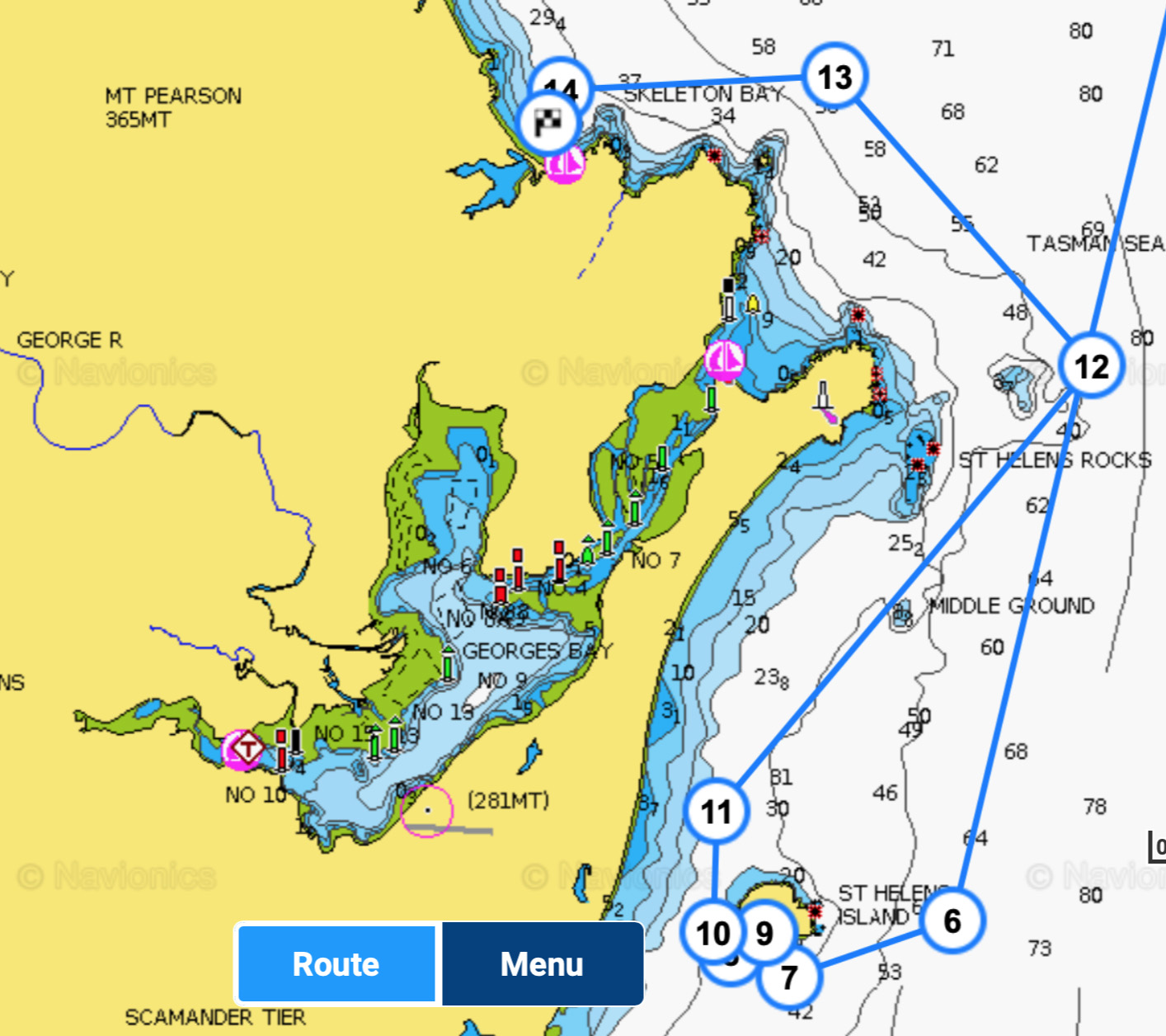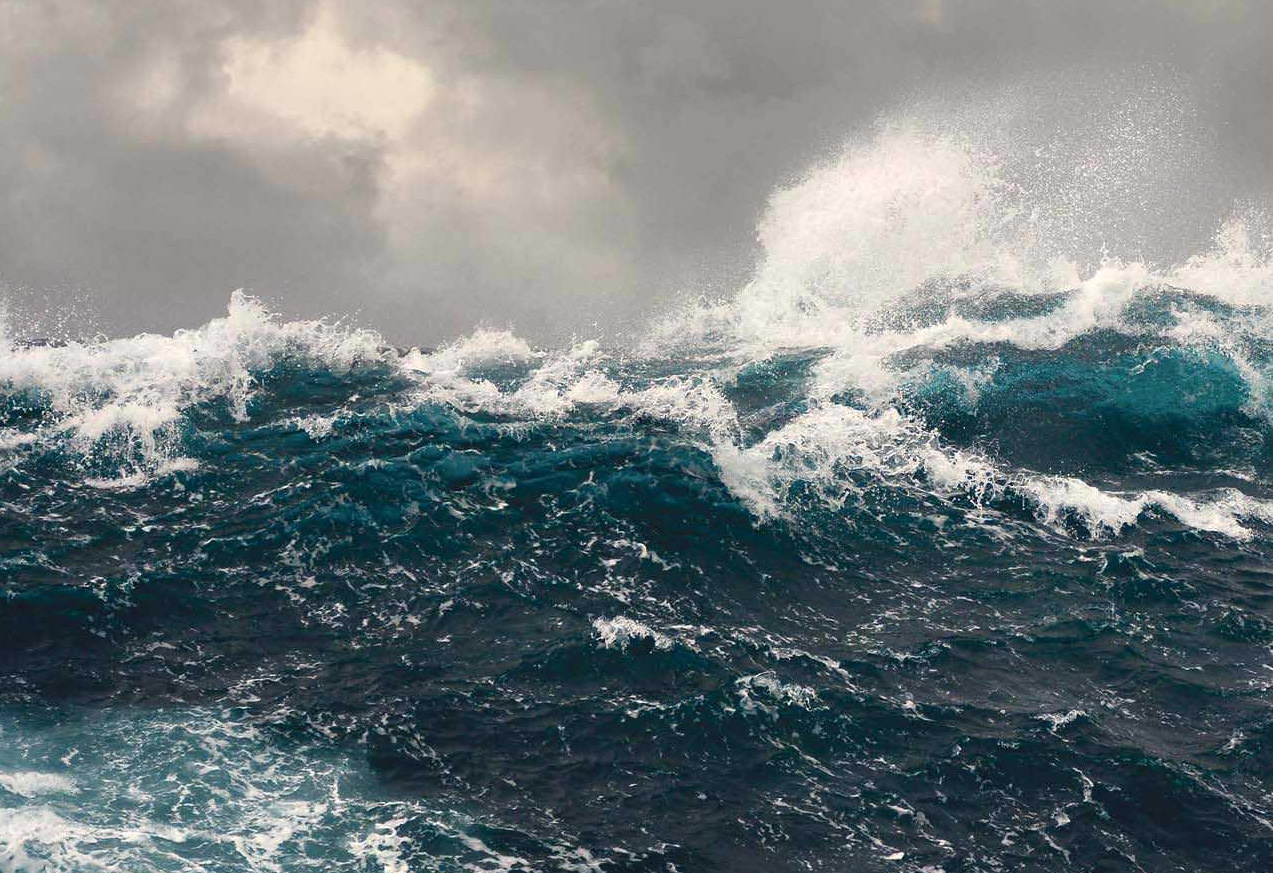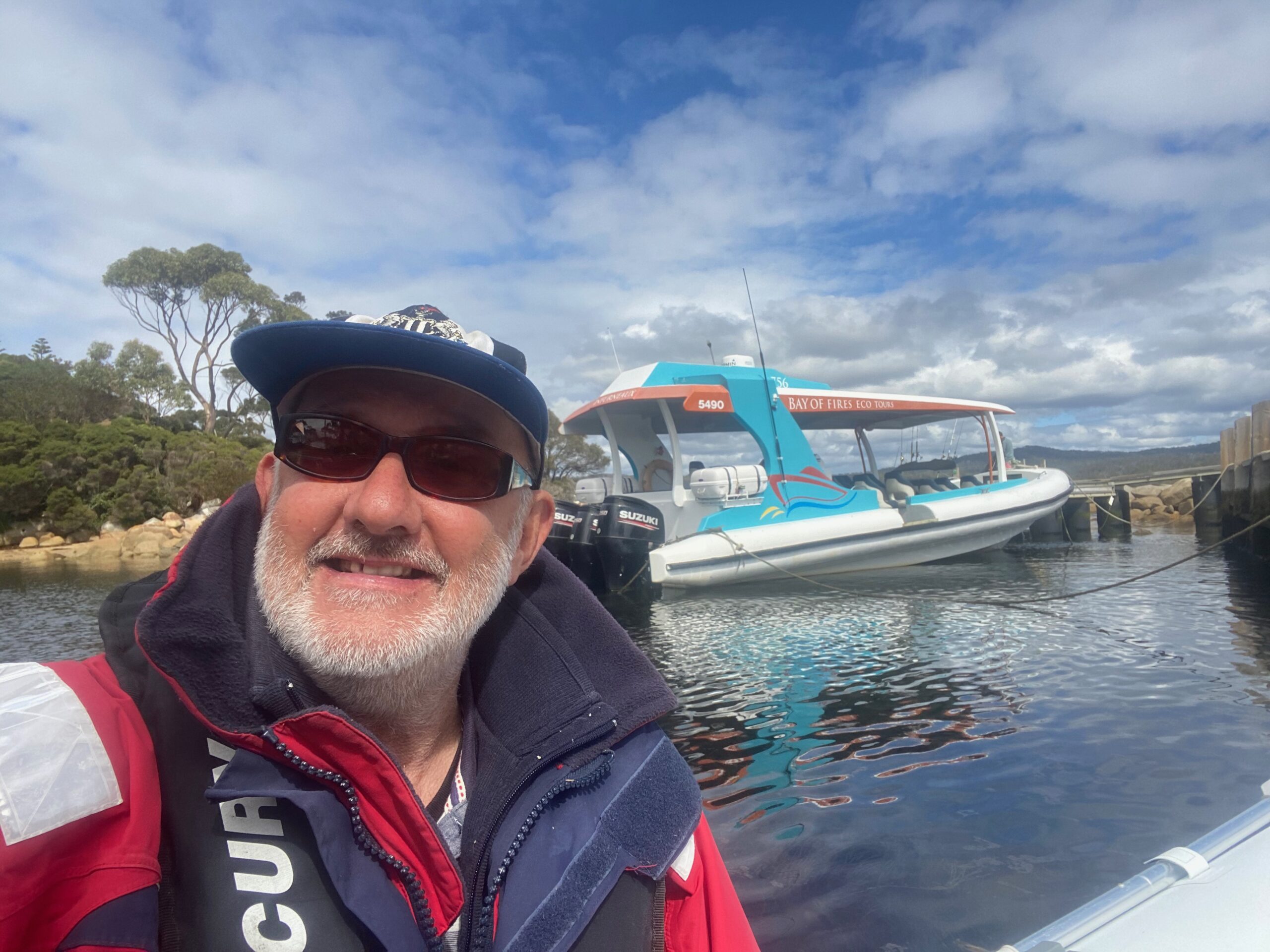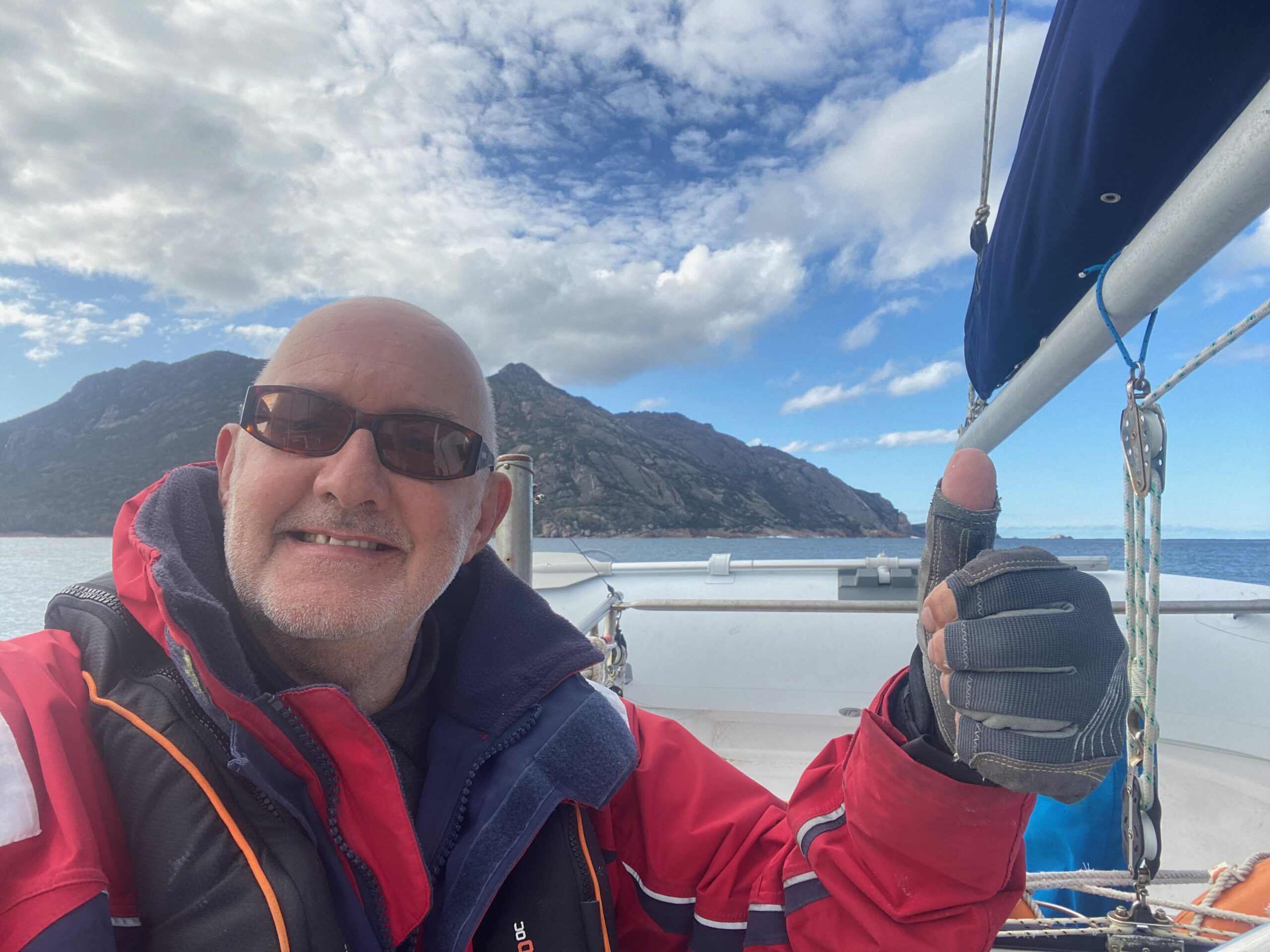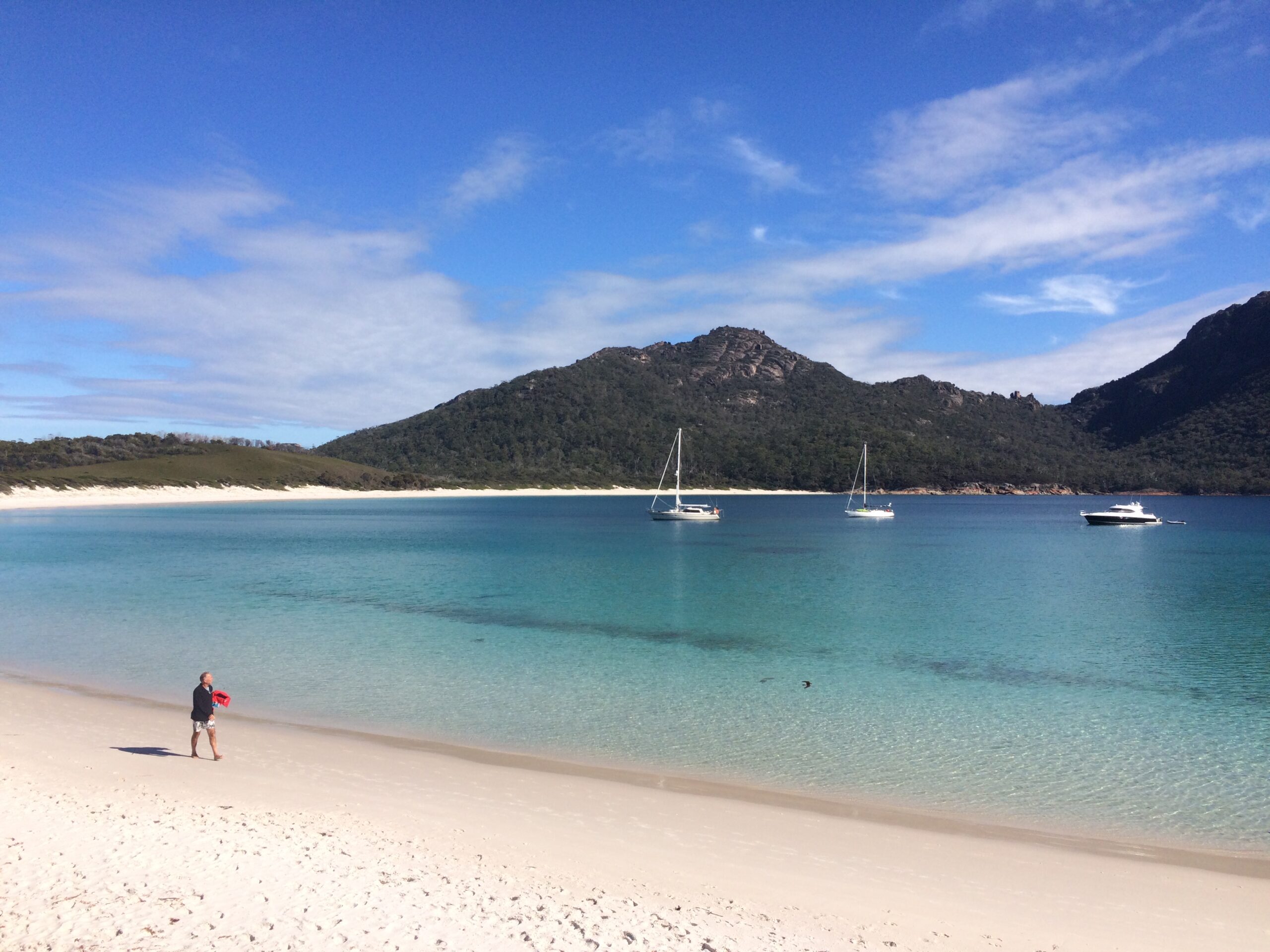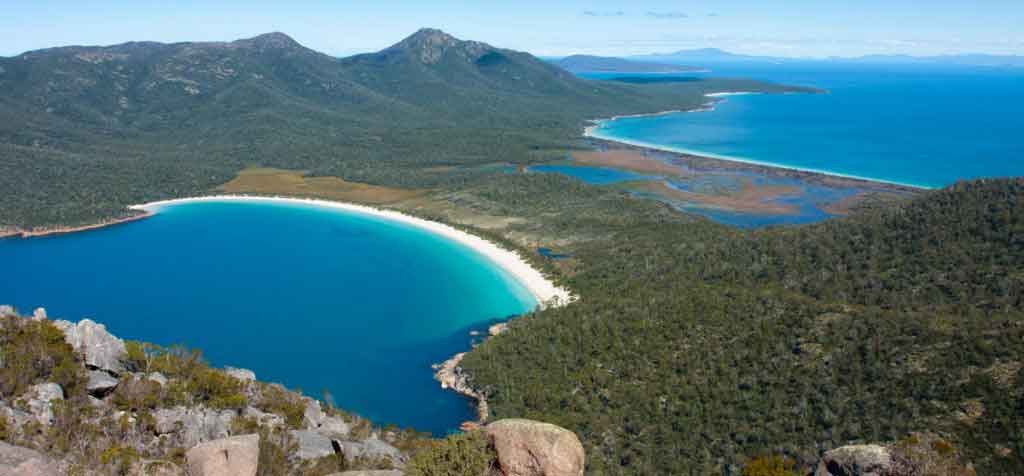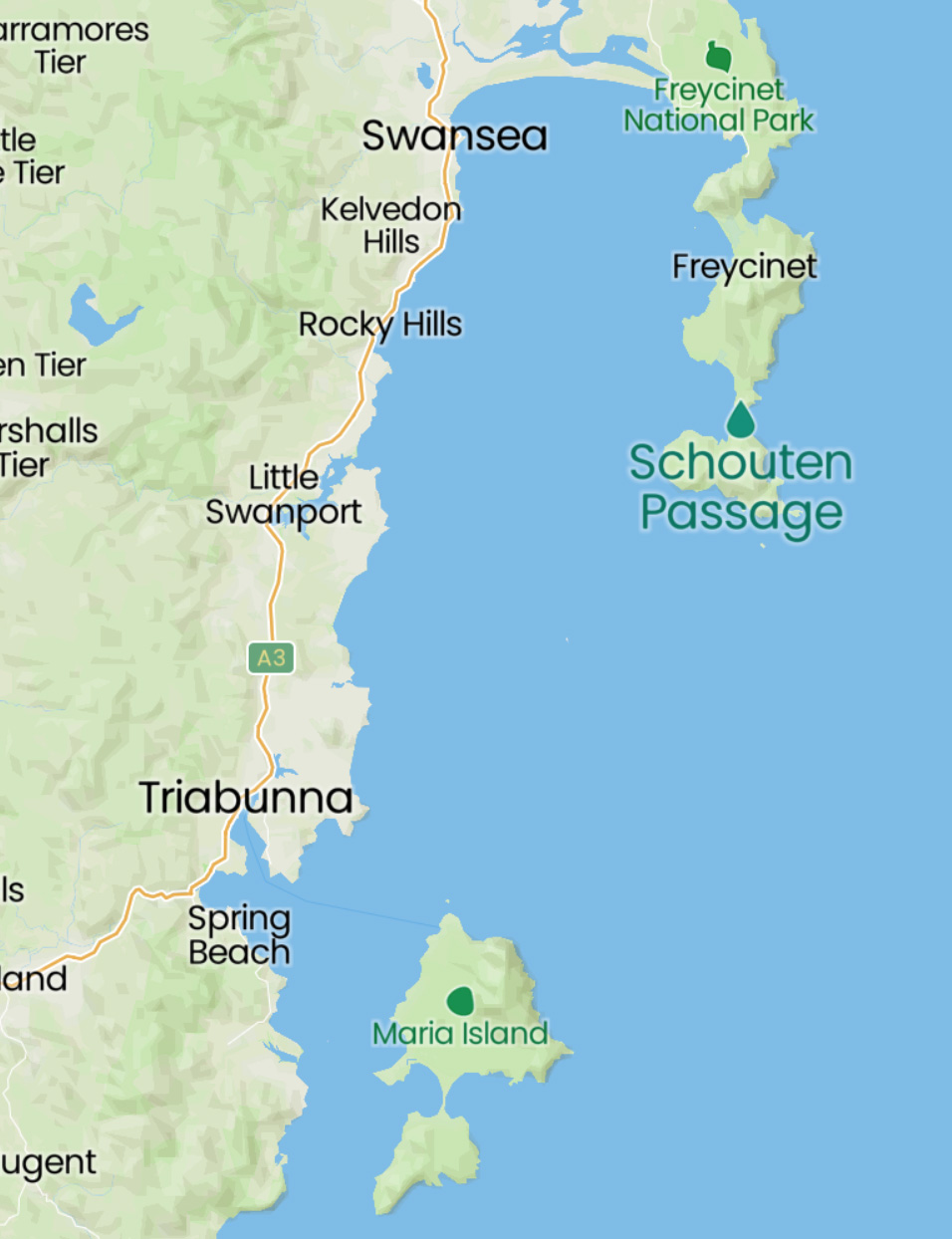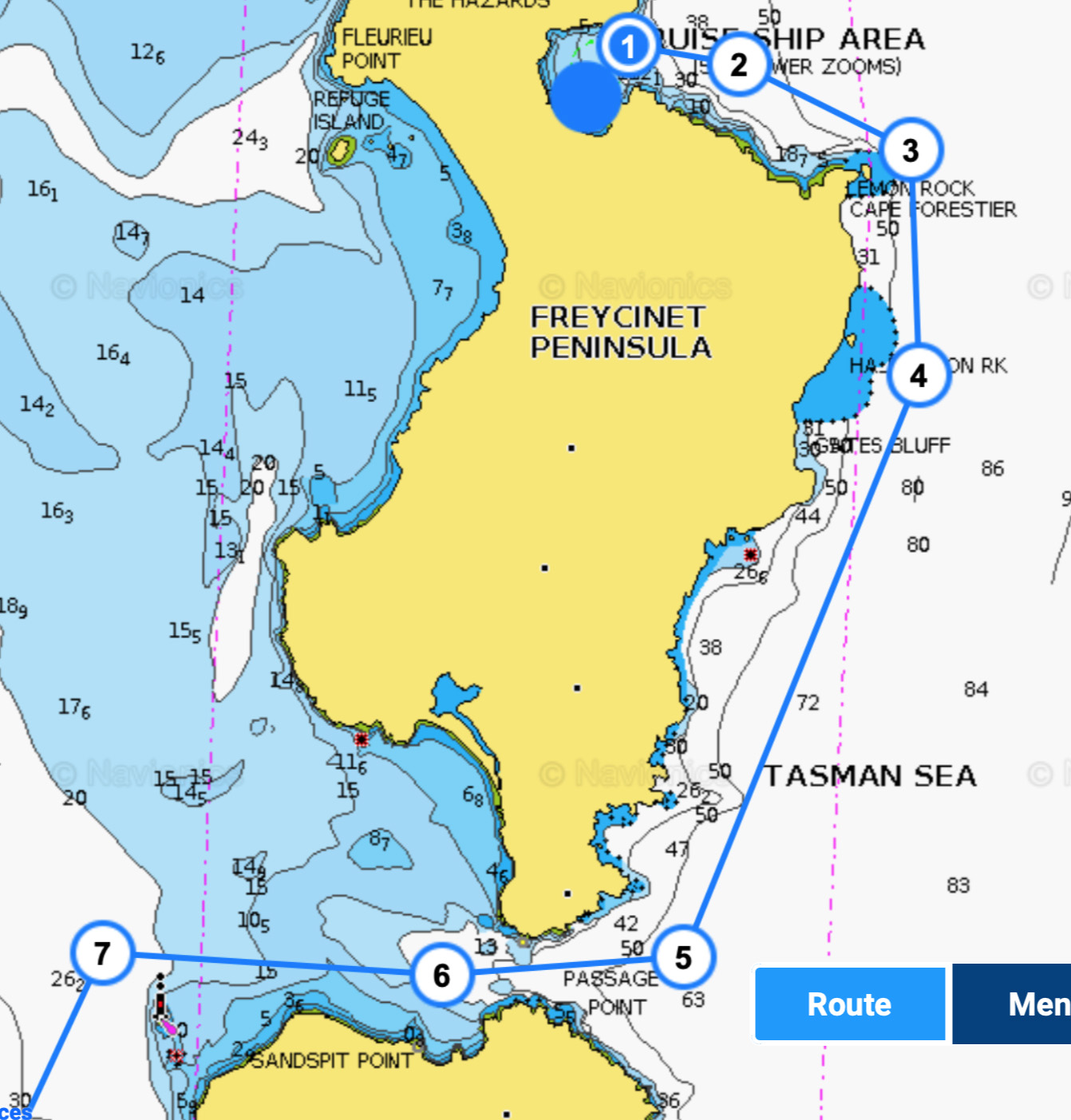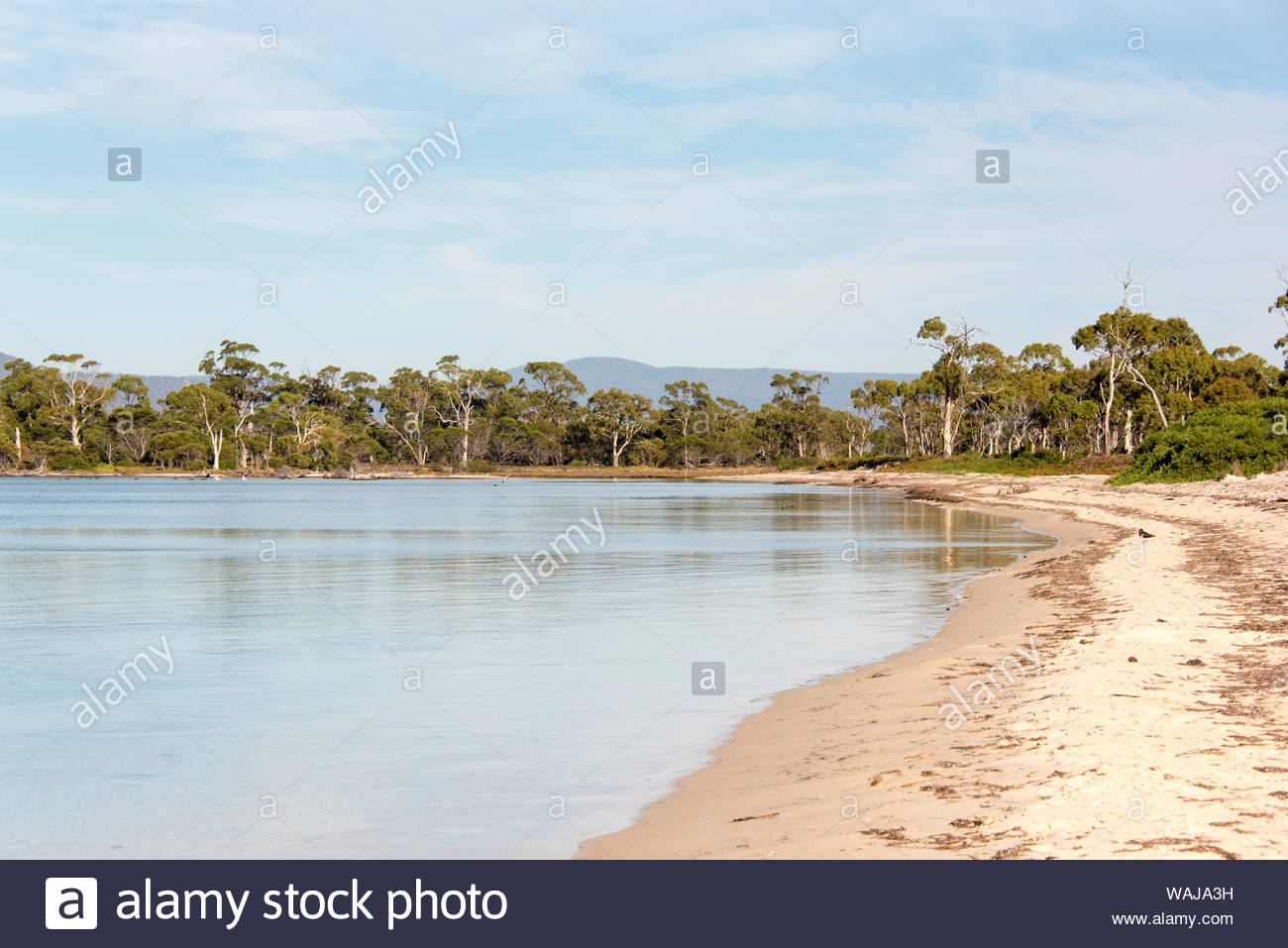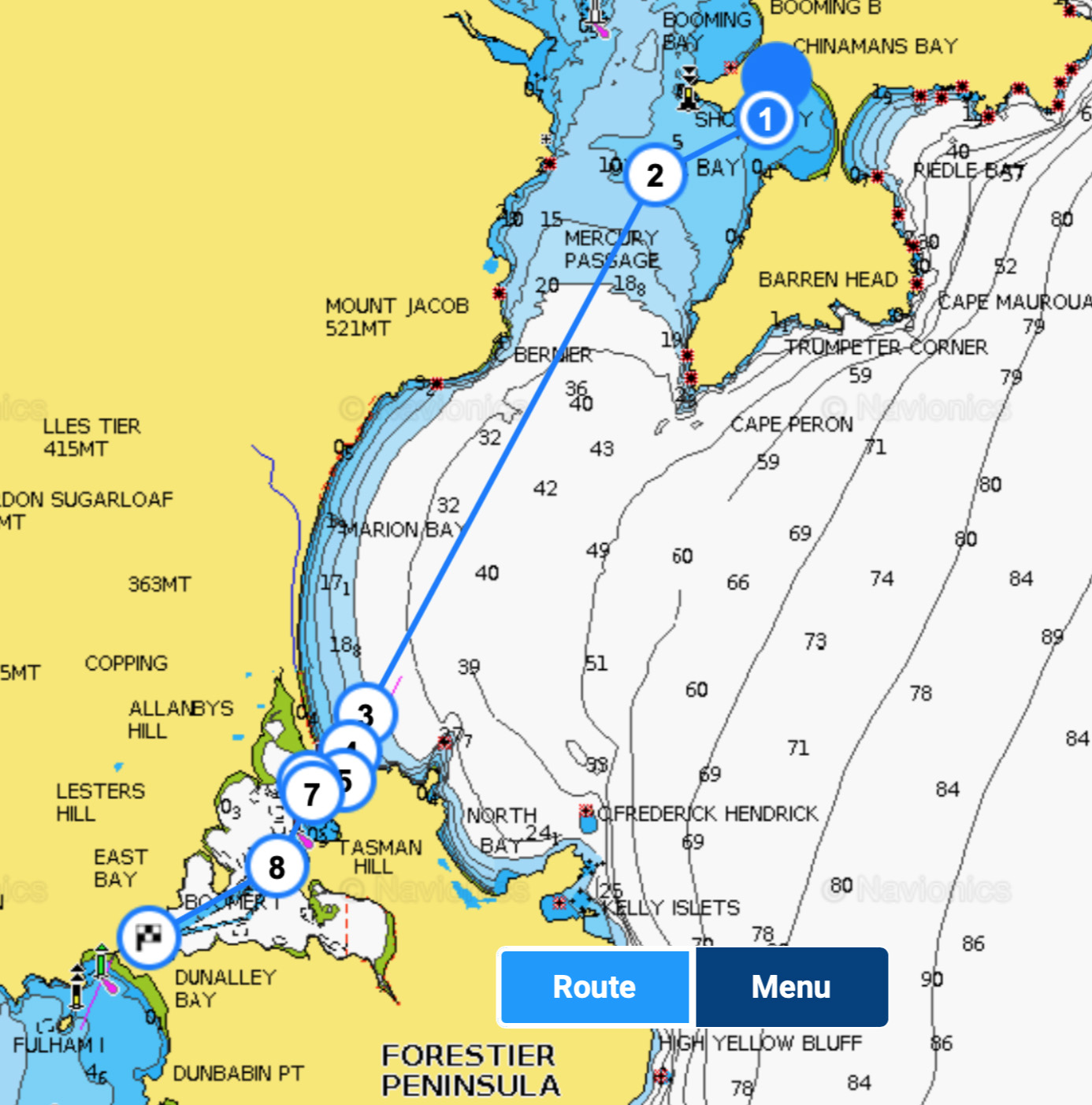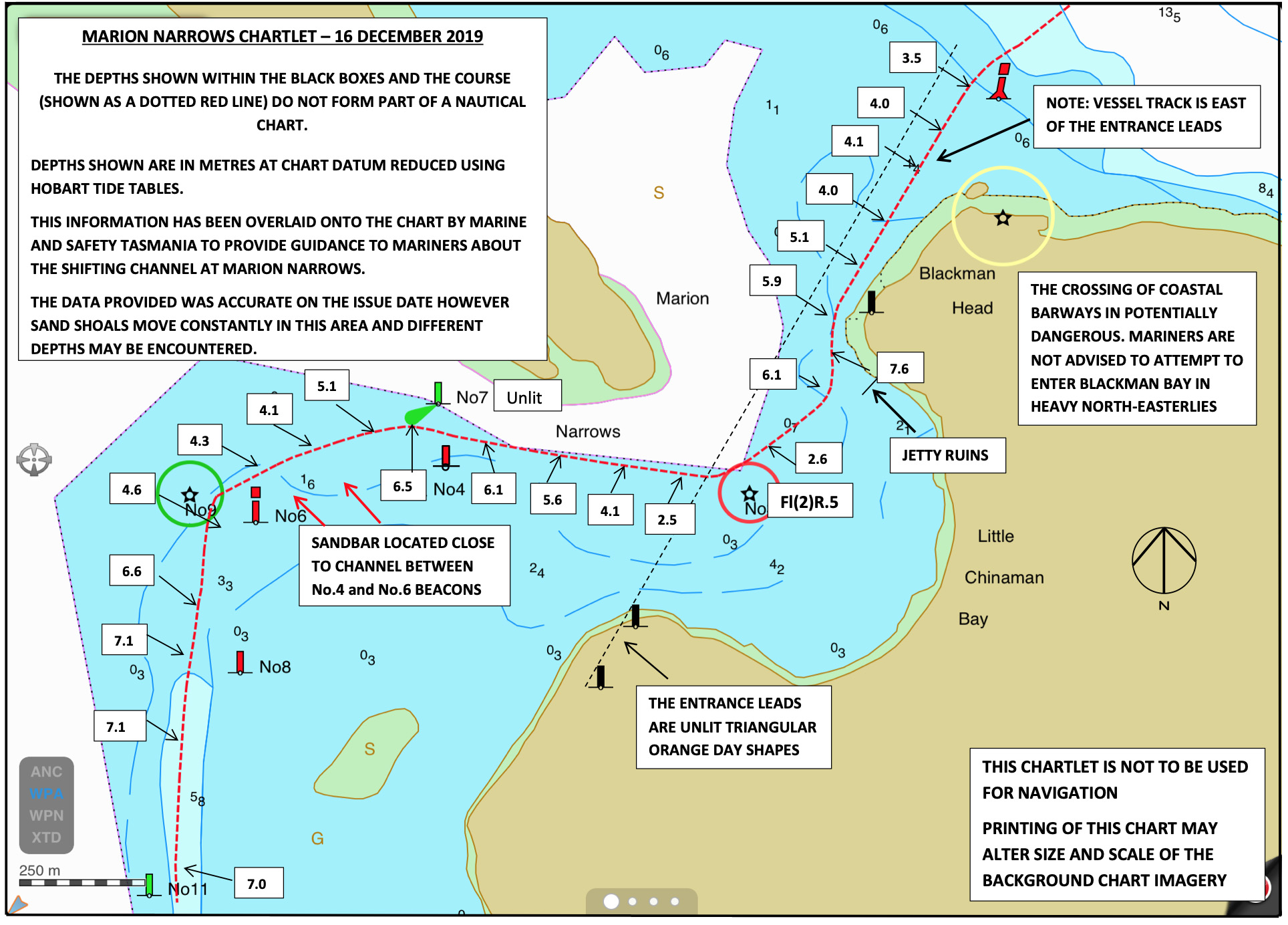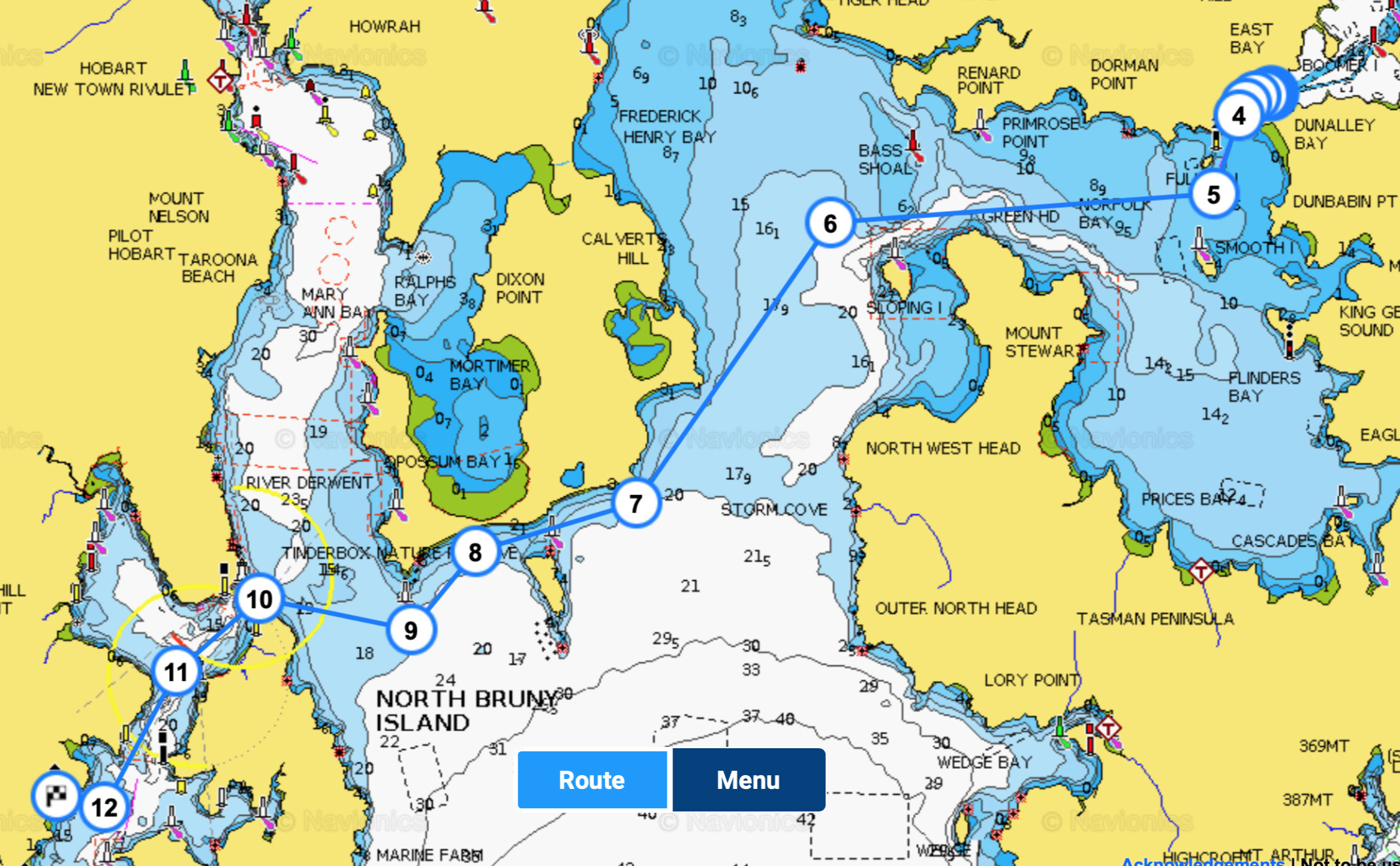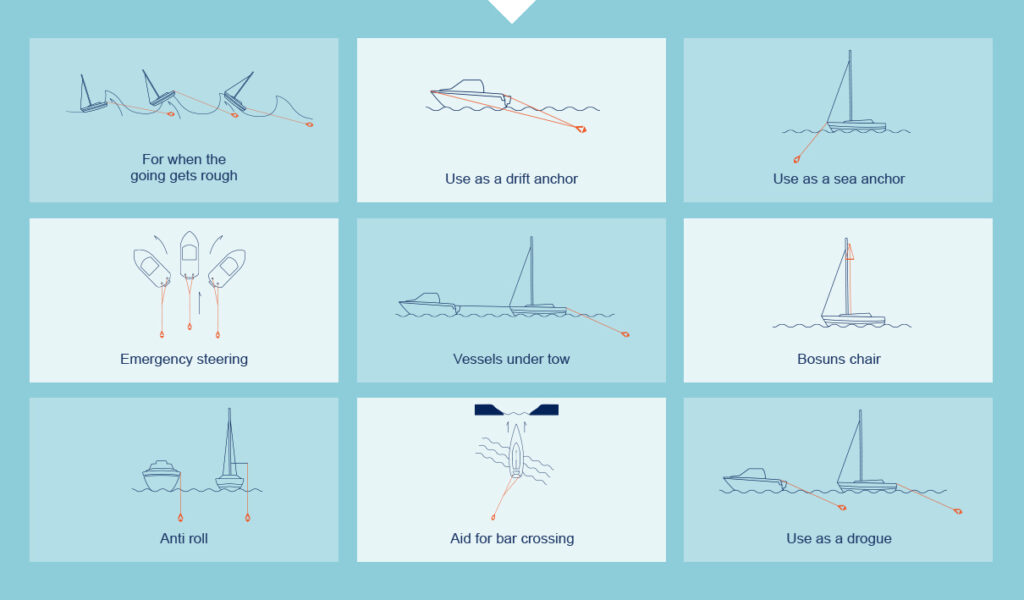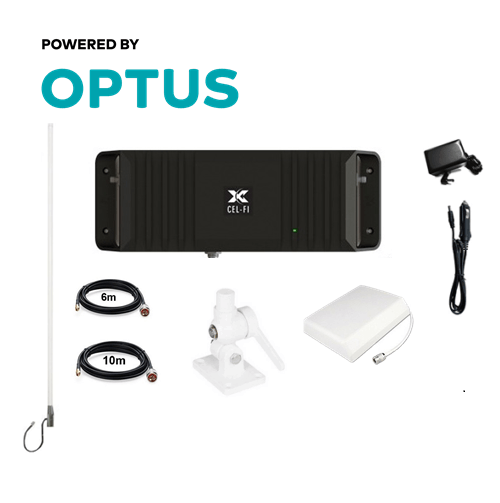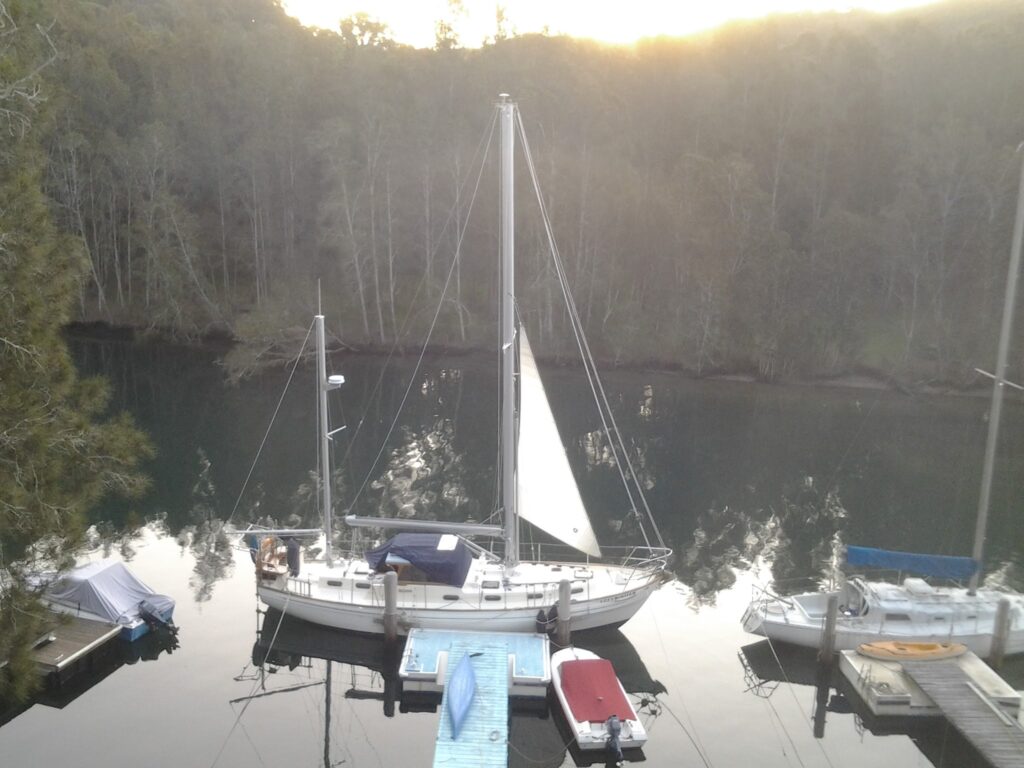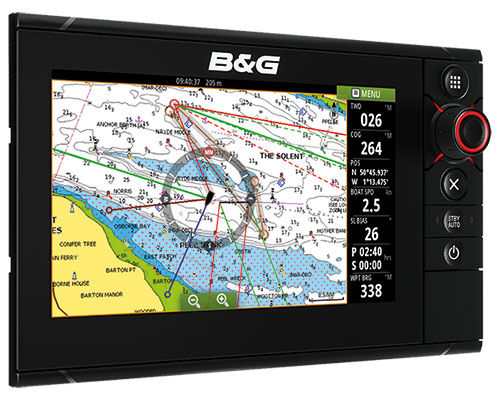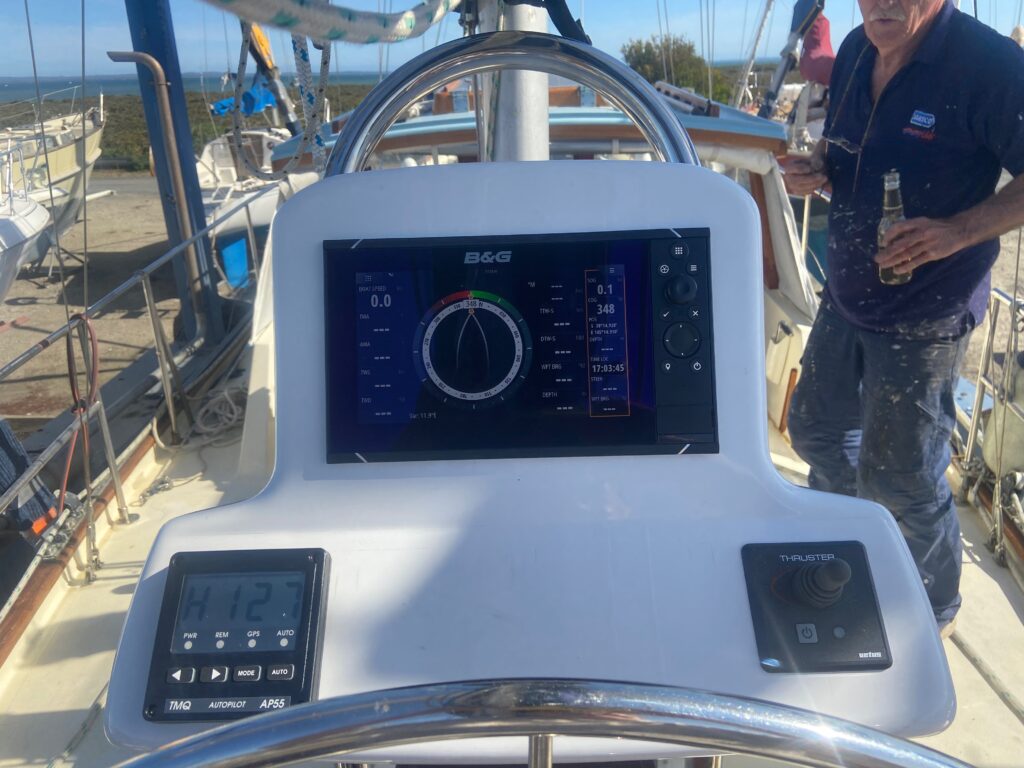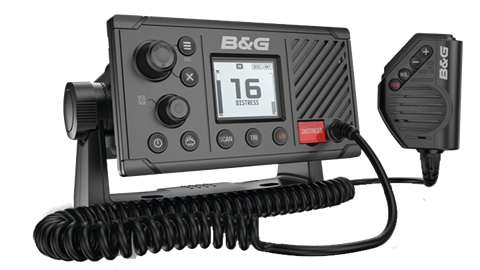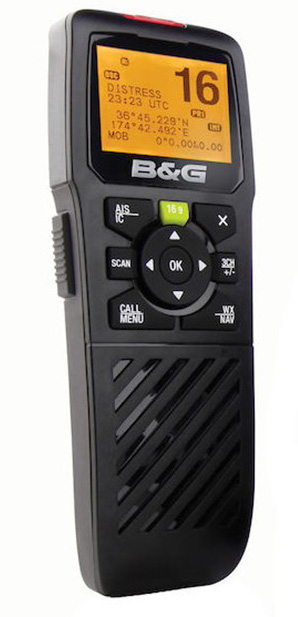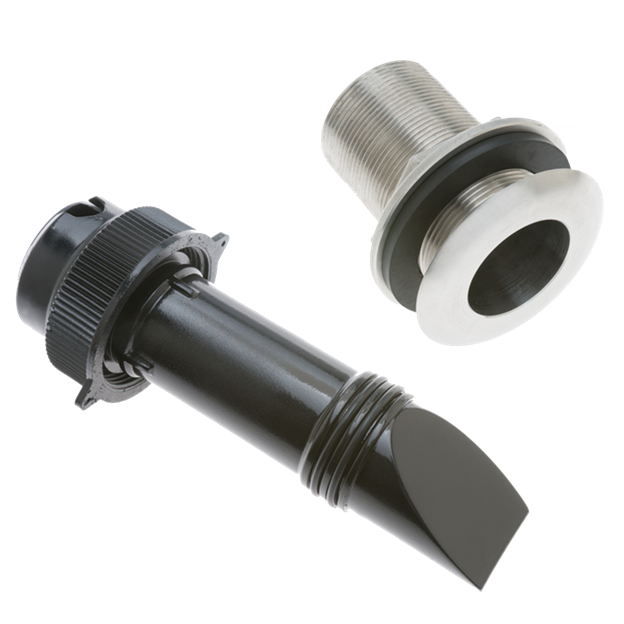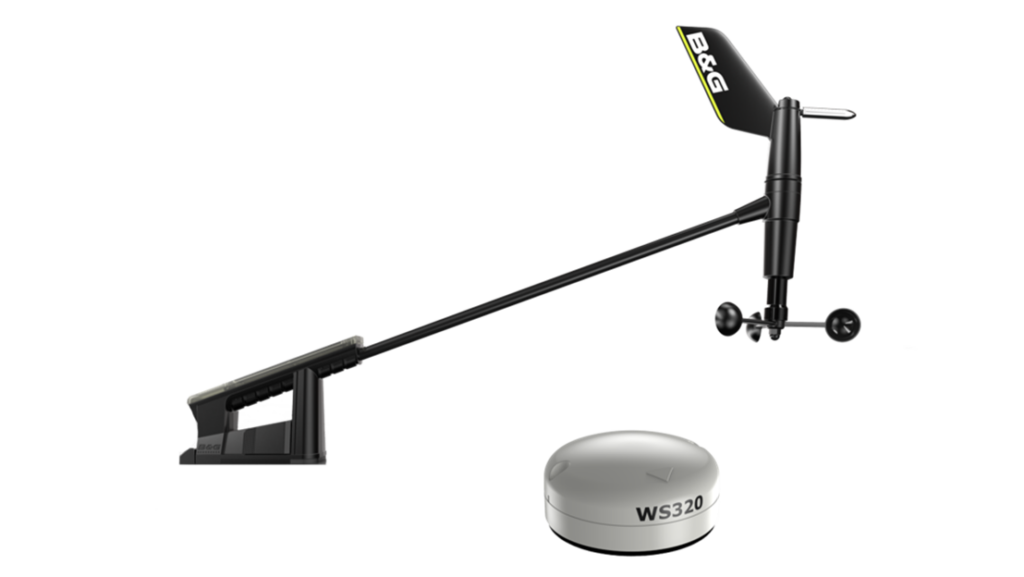In 1998, while living in Singapore, I spent 7 days diving Sipadan Island off the east coast of Sabah – it was, by far and away, the best diving experience of my life.
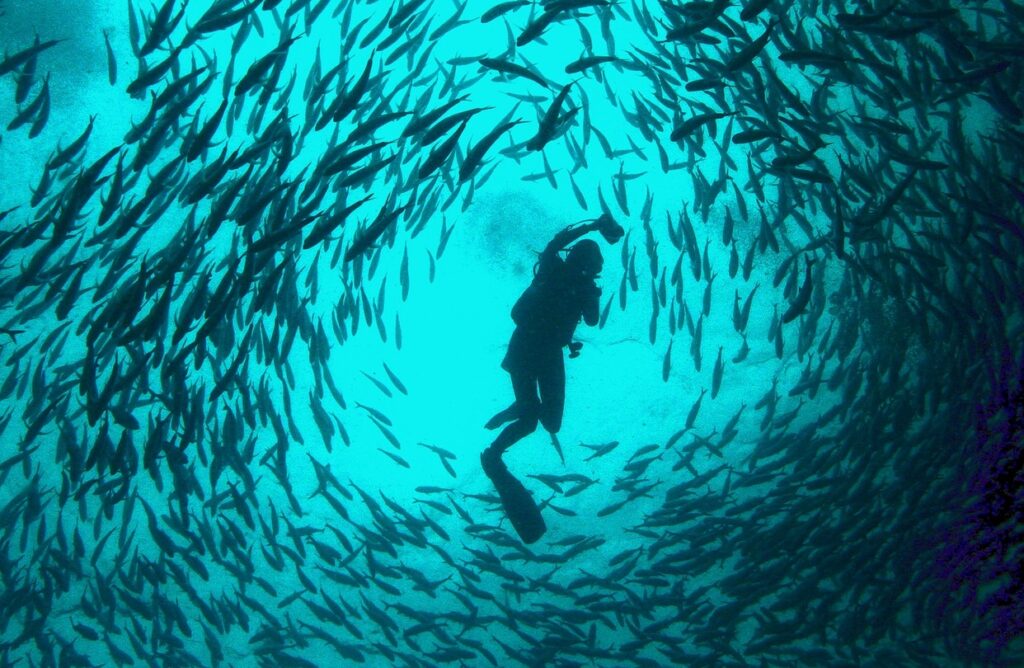
Located in the Celebes Sea, off the east coast of Sabah, Sipadan is the only oceanic island in Malaysia. It rises almost vertically 600 metres (2,000 ft) from the seabed providing extraordinary wall-dives in a marine paradise.
Sipadan is located in one of the world’s richest marine environments. Referred to as the Big Fish capital of the world featuring barracudas, large schools of jacks and bumphead parrotfish and an abundance of green turtles. Most of the diving in Sipadan is a combination of wall and drift diving. The walls are covered with hard corals, soft corals, gorgonians and sponges.
It is hard to choose between the amazing dives I managed during my week long stay on the island:
Barracudas
Swimming away from the wall we went in search of a school of barracudas. Aggressive when swimming alone, barracudas are not dangerous when they school in their thousands in hollow cones often more than twenty metres high. We found a school almost immediately and our divemaster guided us into the centre of the school. We remained surrounded by the school for the next twenty minutes – a magical experience.
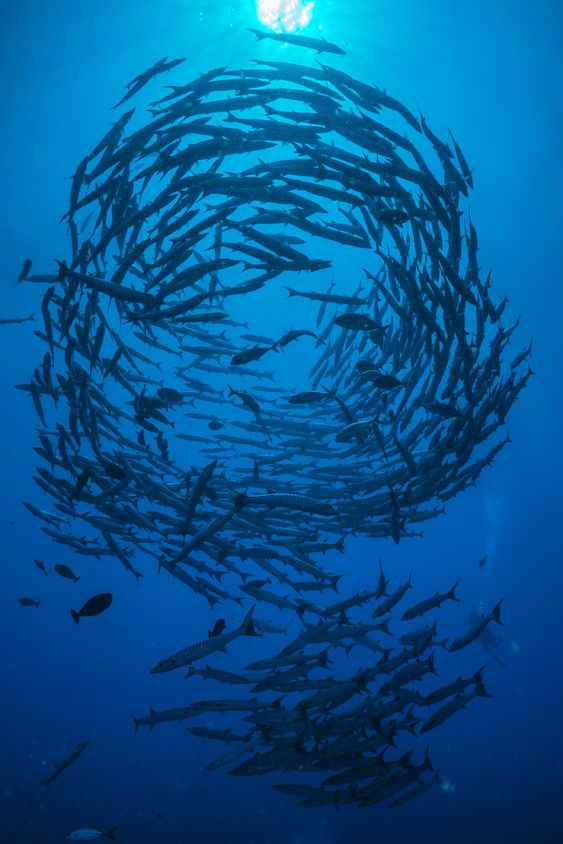
Giant Parrot Fish
Weighing over 80kg and more than 1 metre long, thousands of enormous bumphead parrotfish graze on the corals along the vertical wall for algae. They were not bothered by us so it was possible to get close enough to touch them – at night under torch light the were luminescent. And below at 40+ metres we sighted hammerhead sharks circling.
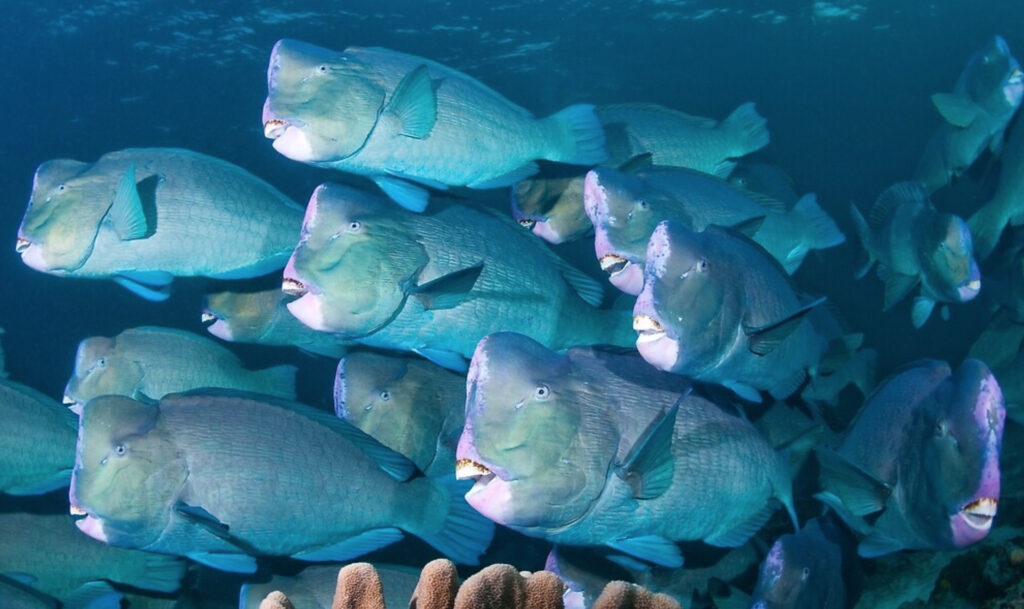
Green Turtles
I saw more turtles on one dive here than in all my diving anywhere else.
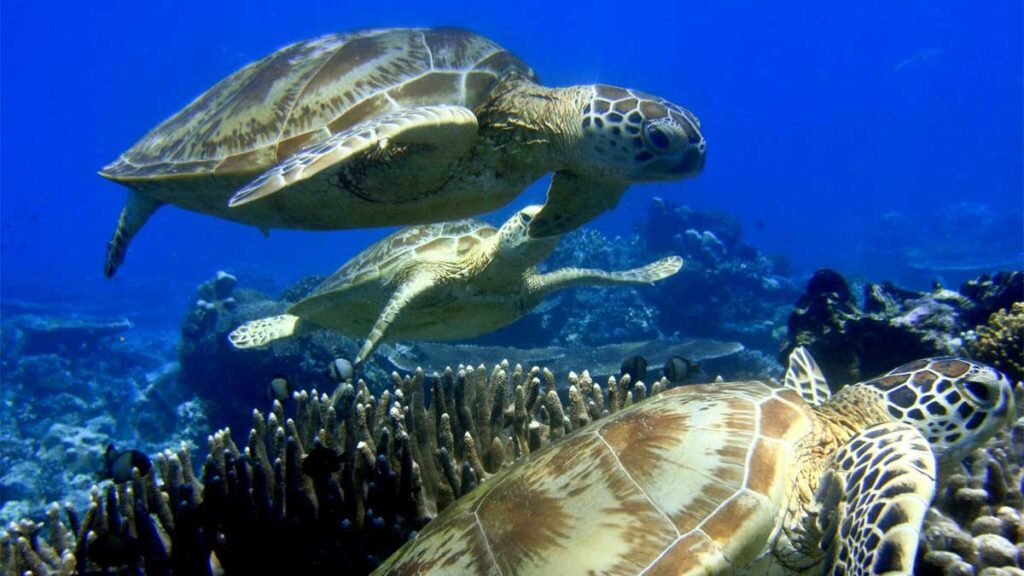
Filipino militant attacks
18 months after my visit 21 people were kidnapped off Sipadan by the Filipino Moro pirate group Abu Sayyaf.
“The armed terrorists arrived by boat, forcing 10 tourists and 11 resort workers to board the vessels at gunpoint, after which they brought the victims to Jolo. All of the victims were eventually released. As a result of the attacks, visitors were no longer allowed to stay on the island resort but have to arrive in dive boats.” (Wikipedia)
Main article: 2000 Sipadan kidnappings

